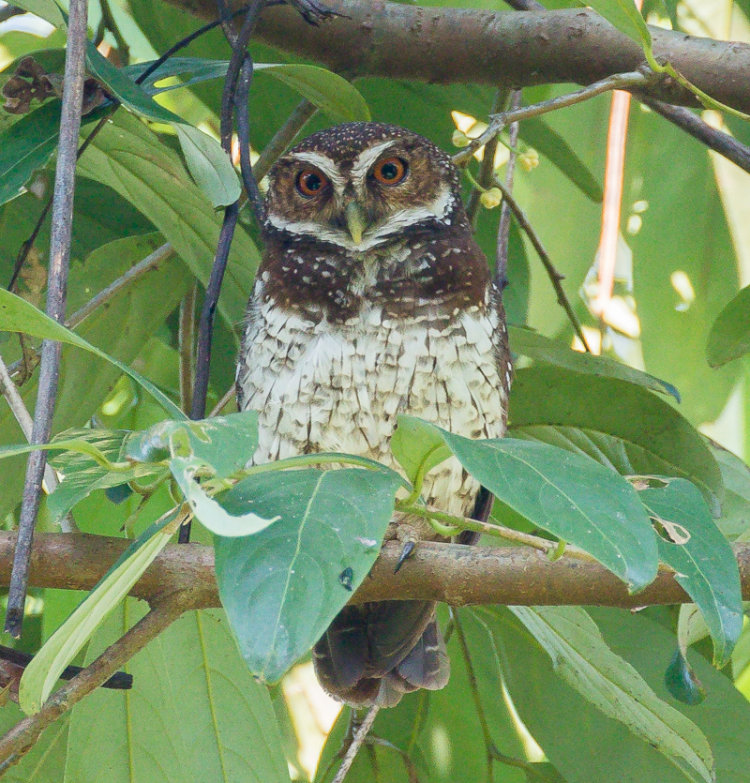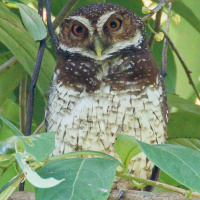

The range of this species extends throughout Australia, Timor and the eastern Lesser Sundas, and southern New Guinea. The range of this species extends throughout New Zealand and surrounding islands, with populations extending as far as Lord Howe Island and Norfolk Island the former population is now extinct as a pure subspecies. Known only from a single specimen collected in northern Sulawesi. peninsularisĮndemic to Sumba Island in the Lesser Sundas.Įndemic to the Togian Archipelago in Tomini Bay, off the coast of central Sulawesi.

The range of this species extends through the Northern Moluccas and New Guinea, south into northern and eastern Australia as far as southernmost Victoria, with a disjunct population in southwest Western Australia. The range of this species extends throughout southeast Australia, from the Dawson River in southeast Queensland to eastern New South Wales and southeast Victoria.

The range of this species extends throughout coastal New Guinea and the Aru Islands, south into the tropical north of Australia and the eastern coast of Queensland. No photographs of this taxon exist in the Zoochat gallery. The range of this species extends throughout the Andes from Venezuela to Ecuador and southward on the eastern slope to northern Argentina a disjunct population exists in eastern Brazil, extending south into Uruguay and adjacent regions of Paraguay and Argentina. Monotypic no photographs of this taxon exist in the Zoochat gallery. The range of this species extends throughout southern Mexico, into Central America as far as western Panama. Unspotted Saw-whet Owl (Aegolius ridgwayi) In the east the range of the species extends south to South Carolina, and in the west to southern Arizona in the higher mountains the species extends as far as southwest Mexico. The range of this species extends widely throughout North America, but largely further to the south than Tengmalm's Owl, with which it overlaps to the northwest. Northern Saw-whet Owl ( Aegolius acadicus) Its total range is less than 30,000 km 2 (11,580 sq mi) so its category was subsequently changed to " Vulnerable" status in 2008.The range of this species primarily extends throughout the coniferous belt of the Holarctic within Eurasia it also extends patchily to the south in lowland forest and mountainous regions of Europe, and into the mountains of west-central China within North America the range of the species extends along the Rocky Mountains south as far as New Mexico. Following the re-evaluation of its population size, this assumption was found to be correct and its numbers are now thought to be within the range of 10,000 to 20,000 individuals. It feeds mainly on insects and small mammals.įormerly classified as being a "Species of Least Concern" by the IUCN, the New Britain boobook was later suspected to be rarer than had previously been assumed because its rainforest habitat was being degraded by logging and forest clearance for conversion to oil palm plantations. It roosts during the day alone or in pairs in the middle to upper parts of the forest canopy. It is fairly common in its small range and is nocturnal. This species is found in the lowlands and hills of the New Britain and New Ireland endemic bird areas at elevations of up to 1,200 m (3,940 ft) asl.
#NINOX ODIOSA SERIES#
Its call is a series of rapidly repeated "whoo"s, starting at a low pitch which rises and becomes faster and louder. The underparts are densely spotted brown. Its facial disk is brown while the upper breast is marked with a wide brown band with buff or white barrings. It has finely spotted chocolate-brown plumage, golden eyes and white eyebrows.

The New Britain boobook is a small owl that grows to a length of about 22 cm (9 in).


 0 kommentar(er)
0 kommentar(er)
